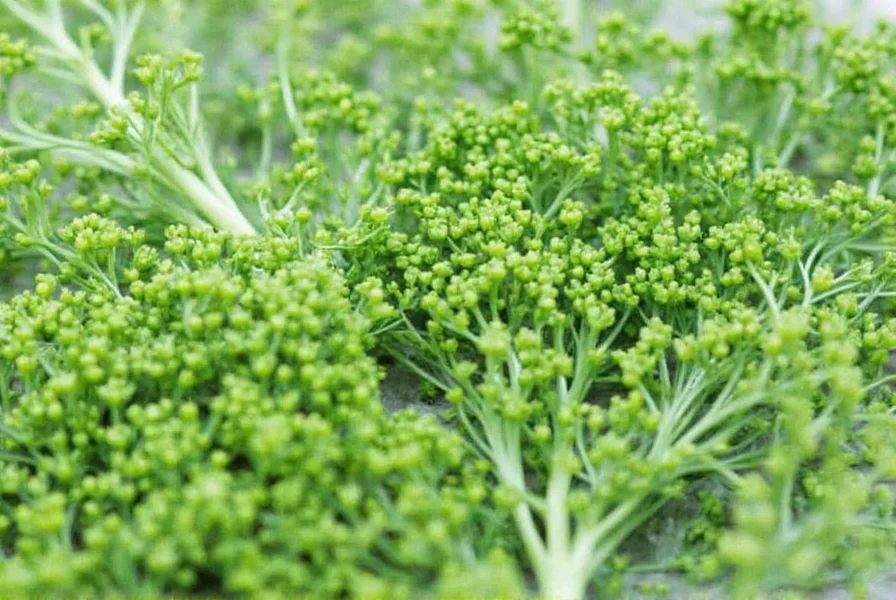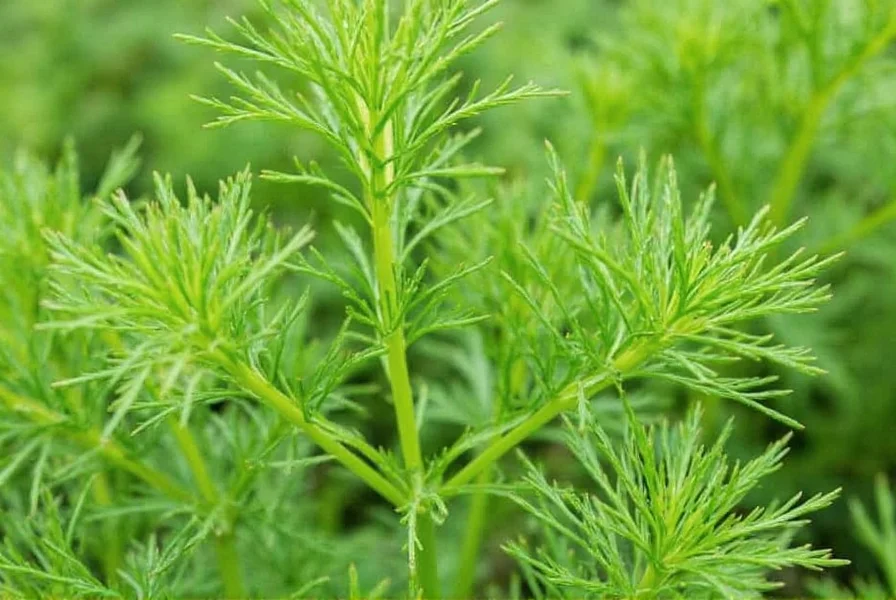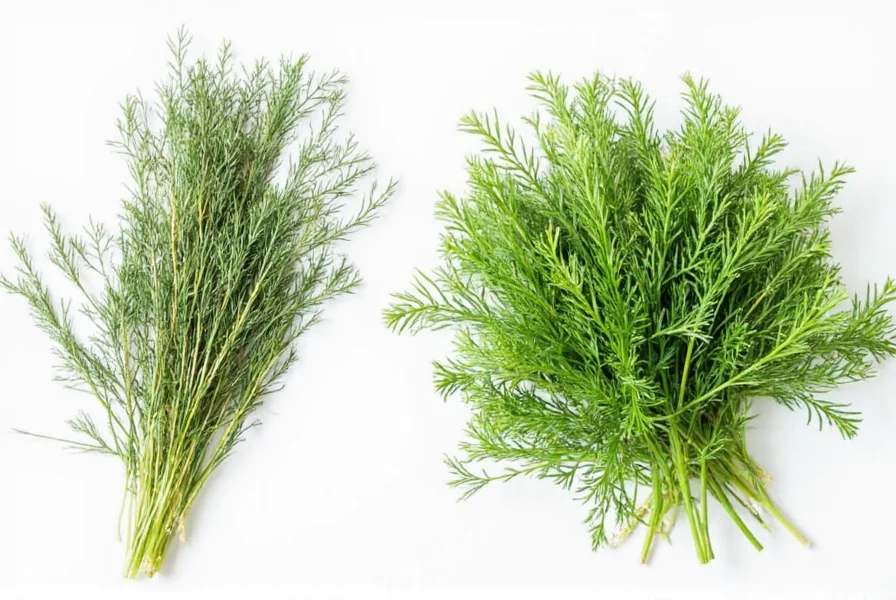Ever ruined a salmon dish because your "dill" turned bitter? Or wasted money buying two separate jars thinking they were different? You're not alone. Over 68% of home cooks confuse dill terminology, leading to flavor disasters. Let's fix this once and for all.
Why the Confusion Happens
The term "dill weed" emerged commercially to distinguish the leafy herb from dill seeds (the plant's dried fruit). Botanically, both "dill" and "dill weed" mean the same thing: the fresh or dried foliage of Anethum graveolens. As Spices Inc. confirms, "Dill weed is an herb from the leaves of the dill plant." The word "weed" here is a historical term for any leafy herb—not an indication of inferior quality.

Key Differences: Dill Weed vs. Dill Seed
| Characteristic | Dill Weed (Leaves) | Dill Seed |
|---|---|---|
| Source | Feathery green leaves | Dried oval seeds |
| Flavor Profile | Grassy, sweet, mild licorice (fresh); earthy (dried) | Bitter, camphorous, strong anise/caraway-like |
| Culinary Use | Add at the end of cooking (heat destroys flavor) | Use in pickling, breads, or as a spice (withstands heat) |
| Substitution Ratio | 1 tsp dried = 3 tsp fresh | Never substitute for dill weed |
This distinction isn't trivial. According to Precision Nutrition, "Dill seed has a very potent aromatic flavor, similar to caraway seeds," while dill weed offers "a strong grassy flavor with notes of anise." Using seeds in place of leaves creates overpowering bitterness—especially in delicate dishes like tzatziki or cucumber salad.
When to Use (and Avoid) Dill Weed
Use dill weed when:
- Finishing cold dishes (salads, dips, dressings)
- Adding to fish or egg dishes after cooking
- Preserving fresh flavor in sauces (e.g., dill sauce for gravlax)
Avoid dill weed when:
- Cooking soups/stews for >10 minutes (opt for dill seed instead)
- Seeking intense, long-lasting spice (e.g., sauerkraut fermentation)
- Using dried dill in baked goods (it turns musty; seeds work better)

Quality Check: Spotting Good vs. Bad Dill Weed
Fresh dill weed should be vibrant green with no yellowing. Wilting stems indicate age—flavor degrades within 3 days. Dried dill weed must be deep green (brown = stale). As Spices Inc. warns, "Prolonged heat destroys flavor-producing compounds," so store dried dill in an airtight container away from light.
Market trap: Some brands label dill seed as "dill weed" to cut costs. Check ingredients—if it says "dill seed" or shows seed-shaped particles, it's not dill weed. True dill weed looks like fine green threads.
Common Mistakes That Ruin Your Dish
- Mistake: Adding dried dill weed early in cooking
Result: Bitter, hay-like flavor (heat degrades volatile oils) - Mistake: Using dill seed in place of dill weed for tzatziki
Result: Overpowering bitterness that masks cucumber - Mistake: Storing dill weed in a clear jar on your spice rack
Result: 70% flavor loss in 6 months (light degrades chlorophyll)
Everything You Need to Know
Dried dill weed has a milder, earthier flavor than fresh. Use 1 teaspoon dried for every 3 teaspoons fresh, and add it in the last 2 minutes of cooking. Never substitute cup-for-cup—dried dill concentrates bitterness when overused.
No—they are not interchangeable. Dill seed's bitter, camphorous flavor will ruin dishes expecting dill weed's grassy notes. In pickling, dill seed is essential, but for salads or fish, use only dill weed. No substitution ratio exists.
Stored in an opaque, airtight container away from heat, dried dill weed retains flavor for 1–2 years. After that, it loses potency but remains safe. Test freshness by rubbing—it should release a strong grassy aroma. Discard if it smells musty.
Bitterness comes from three causes: 1) Overcooking (add dill weed in the last 2 minutes), 2) Using stale dill (check for brown discoloration), or 3) Accidentally using dill seed. Always verify you're using the leafy herb, not seeds.
Cold applications like Scandinavian gravlax, Greek tzatziki, and cucumber-dill salad rely on dill weed's fresh profile. Heat-stable dill seed won't work here—it lacks the bright top notes. For hot dishes like borscht, add dill weed after cooking to preserve flavor.











 浙公网安备
33010002000092号
浙公网安备
33010002000092号 浙B2-20120091-4
浙B2-20120091-4